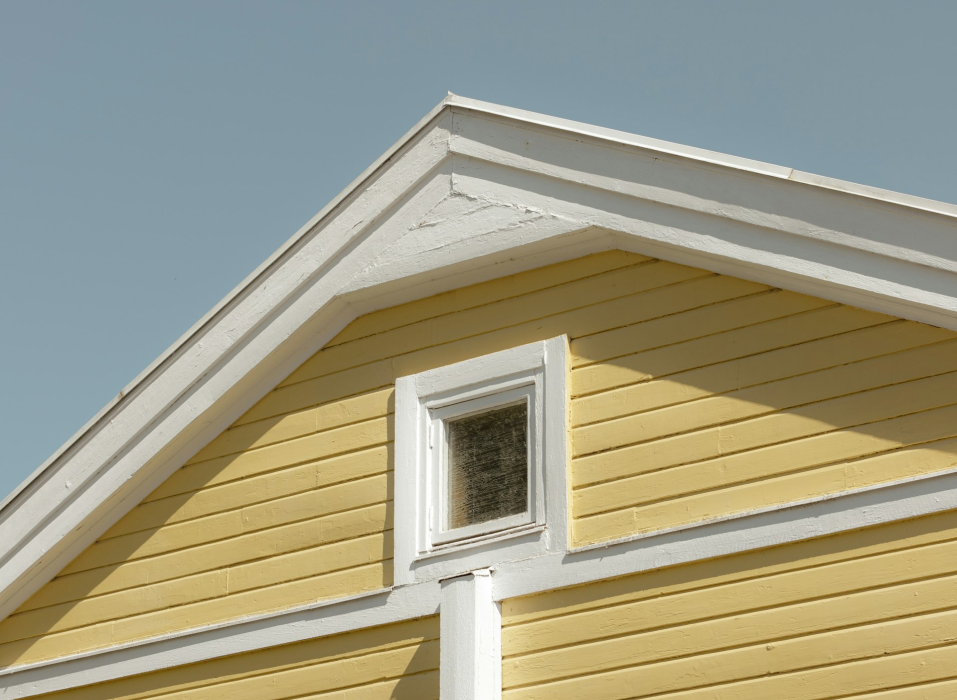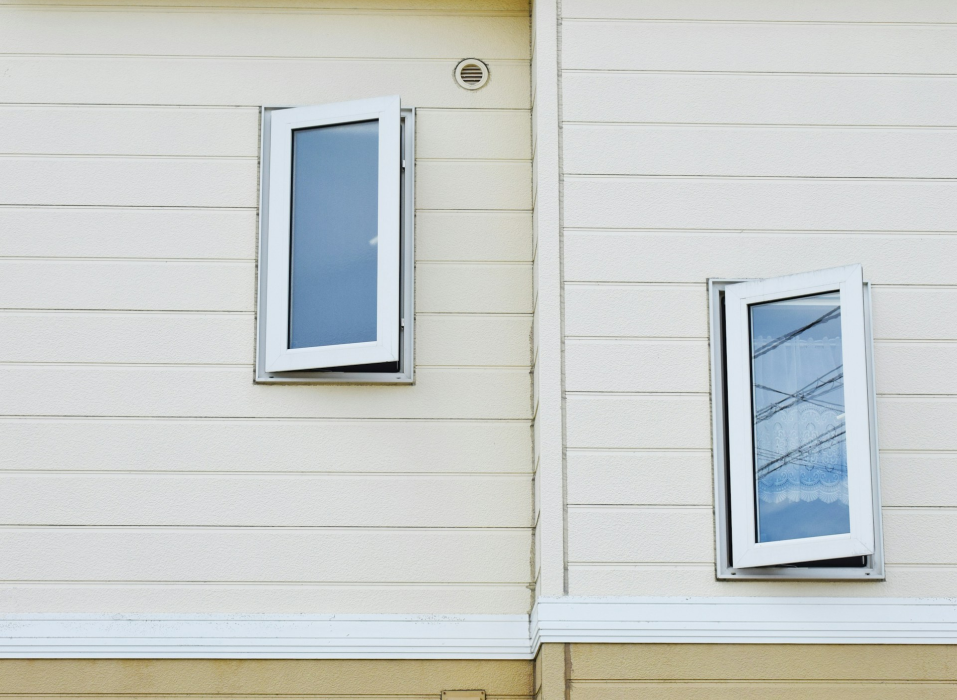Siding plays a crucial role in protecting your home from weather and keeping it looking good. Well-maintained siding not only keeps your home looking great but also protects against weather, pests, and structural damage. Over time, however, siding can wear out, leaving your home vulnerable and less energy-efficient.
In this post, we’ll explore the key signs that it’s time to replace your siding, how long it typically lasts, and its benefits.
The Importance of Well-Maintained Siding
Your siding serves as the first line of defense against harsh weather conditions, pests, and moisture. It shields your home from rain, wind, snow, and sun, while also contributing to energy efficiency by providing an added layer of insulation.
Additionally, siding is a key component of your home’s curb appeal, significantly affecting its resale value and visual charm.
How Long Does Siding Typically Last?
The lifespan of siding varies by material. Here’s a general breakdown of how long you can expect different types to last:
- Vinyl Siding: 20-40 years, depending on maintenance and environmental conditions.
- Fiber Cement Siding: 25-50 years, thanks to its durability and resistance to moisture and pests.
- Wood Siding: 20-40 years, though this can be shorter or longer depending on climate and care.
- Metal Siding (Aluminum or Steel): 40-60 years with proper maintenance.
While these are averages, exposure to harsh weather, poor installation, or lack of upkeep can shorten the lifespan of your siding. So, it’s important to know when your siding might be due for a replacement.
Choosing the Right Replacement Siding
When it comes to replacing your siding, choosing the right material is crucial for long-term durability, energy efficiency, and visual appeal. Siding technology has come a long way, with a range of materials available to suit every homeowner’s needs and preferences. Here are the materials:
- Vinyl:
Vinyl siding is a budget-friendly and versatile option, available in a wide range of colors and styles. It’s moisture-resistant and low-maintenance, making it a practical choice for busy homeowners. Modern vinyl siding options also include features like improved insulation and fade-resistant finishes, ensuring they remain visually appealing for years to come. - Fiber Cement:
Known for its durability and fire-resistant properties, fiber cement siding provides a classic look that mimics wood without the frequent upkeep. This material is a solid choice for homeowners seeking long-term protection against the elements while maintaining a timeless aesthetic. - Wood:
Wood siding offers natural beauty and a classic appeal, perfect for those who love a traditional look. However, it requires regular maintenance, such as sealing or painting, to protect against weather and pests. For a more durable option, treated wood siding can provide enhanced longevity while preserving its organic charm. - Metal Siding (Aluminum or Steel):
Metal siding combines durability with a sleek, modern aesthetic. Resistant to fire, insects, and rot, it’s an excellent choice for those seeking minimal upkeep. Metal siding is particularly well-suited for areas prone to extreme weather, offering reliable protection while maintaining its contemporary appearance.
The Dangers of Ignoring Siding Issues
Ignoring siding problems might seem like a way to save money in the short term, but the reality is that neglecting these issues can have costly and long-lasting consequences.
For example, even a small crack or hole in your siding can allow water to seep into the walls, leading to mold growth, rot, and damage to the structural integrity of your home. Over time, this hidden moisture can compromise wood framing and lead to expensive repairs.
Additionally, damaged siding makes your home more vulnerable to pests like termites and rodents, which can find easy entry points and cause further harm. Beyond structural risks, worn-out siding can reduce your home’s energy efficiency. It results in higher utility bills as your HVAC system works harder to maintain comfortable temperatures.
The Benefits of Replacing a Home’s Siding
On the flip side, addressing siding issues with a full replacement can transform your home in ways that go beyond just patching problems. Here are the benefits you should follow them:
- Improved Energy Efficiency: High-quality siding with proper insulation keeps your home warmer in winter and cooler in summer, saving money on heating and cooling bills.
- Enhanced Curb Appeal: New siding instantly refreshes the exterior look of your home, increasing its resale value and creating a positive first impression.
- Better Protection Against the Elements: Modern siding materials are designed to resist moisture, UV rays, and wind damage better than older versions.
- Reduced Maintenance Needs: With durable materials like vinyl and fiber cement, you won’t have to worry about frequent painting or repairs.
- Pest Prevention: Replacing old, compromised siding ensures pests can’t get in, helping to protect your home’s structure.
Consult Professionals for a Siding Assessment
If you’re still unsure when to replace siding, reach out to a professional. LENCO’s experts can assess the condition of your current siding, offer recommendations, and help you explore modern options that fit your style and budget.
By knowing the signs to watch for, you can ensure your home stays protected and beautiful for years to come. For more information on siding solutions, check out LENCO’s wide range of siding options.


